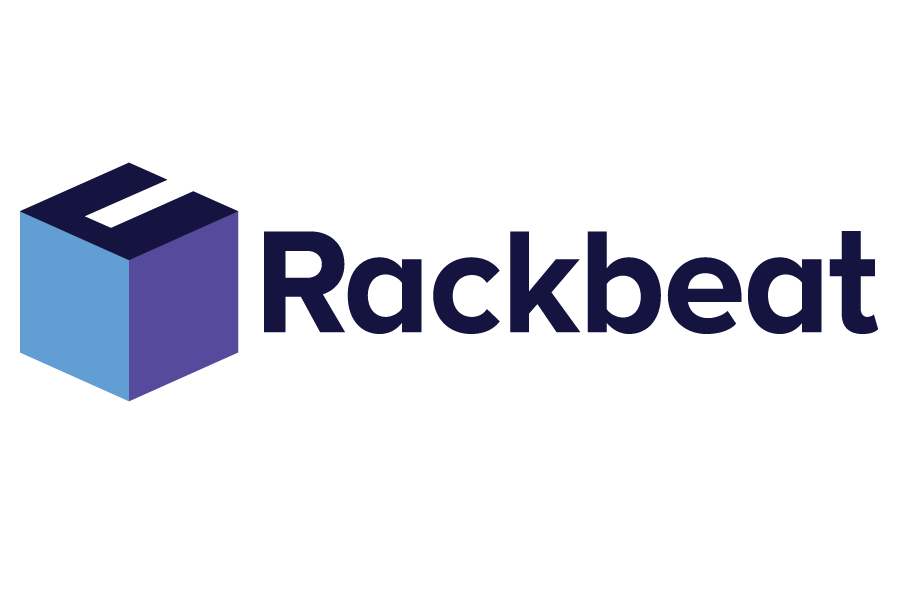Value-Based Inventory Management
Value-Based inventory Management is a method of inventory management where the focus is on maximizing the value of the inventory rather than merely minimizing costs. This approach prioritizes items based on their economic and strategic importance to the business. The goal is to optimize inventory by identifying and focusing on the items that create the most value, which may include high-profit products, critical components in production, or items with high demand.
Rackbeat June 14, 2024
Understanding the Value of Value-Based Inventory Management
Value-Based inventory Management goes beyond traditional methods that primarily focus on cost reduction and inventory optimization. Instead, this approach seeks to maximize the overall value that the inventory contributes to the business. This involves a detailed analysis of the impact of various items on the company’s profitability and operational efficiency.
The method also involves a differentiated approach to inventory management, where items are classified according to their value. For example, items that contribute most to the company’s revenue or are critical to operations are prioritized over less valuable items. This allows businesses to allocate resources more efficiently and ensure that the most valuable items are always available.
The benefits of value-based inventory management include increased liquidity, improved cash flow, and more efficient use of warehouse space. By focusing on the value of items, companies can also reduce the risk of excess inventory and expired goods, which in turn can reduce storage and handling costs.
Rackbeat and Value-Based Inventory Management
Rackbeat’s warehouse management system (WMS) supports value-based inventory management by automatically regulating stock levels with each recorded sale, purchase, and stock adjustment, ensuring that you always have an accurate overview of your inventory and its value.
Additionally, Rackbeat allows you to generate purchase and sales reports, providing a better overview of which items bring the most value to your business over time. This helps you identify and focus on the most profitable products. Furthermore, you can receive reorder reminders enabling you to restock the most valuable items before the shelves run empty.



